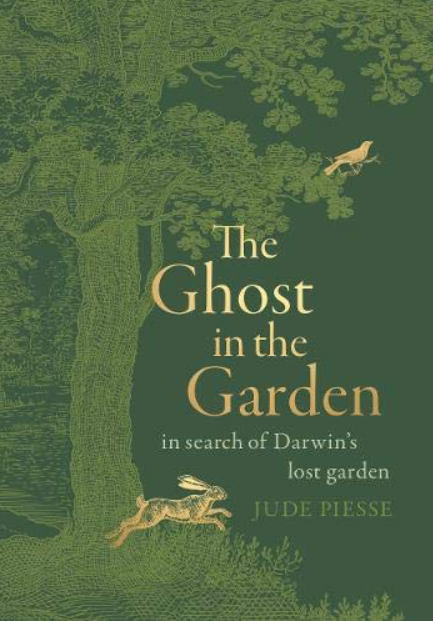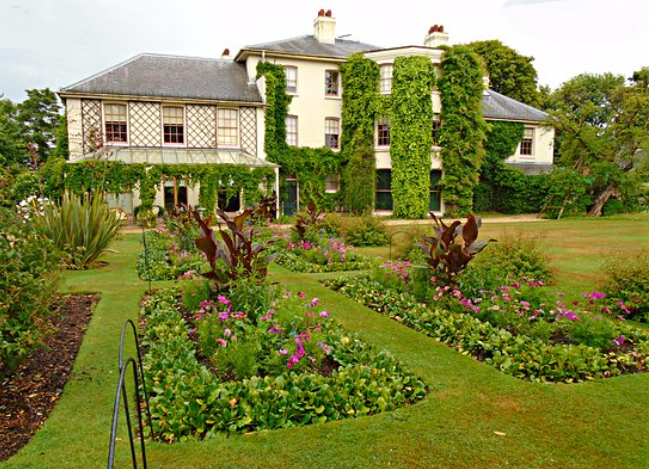
Darwin’s Secret Garden



Jude Piesse’s biography “ The Ghost in the Garden” traces the origins of the theory of evolution and uncovers the lost histories that inspired it, ultimately evoking the interconnectedness of all things.
The Garden at Down House in Kent, a former parsonage to which Charles Darwin moved in 1842 after marrying his cousin Emma Wedgwood, is the seedbed for his ideas on evolution and natural selection.
The Mount in Shrewsbury where Darwin spent his first 16 years, who was influenced by the seven-acre estate over which he had roamed as a boy and how formative was the role played there both by his lively sisters and his sharp-eyed, garden-loving green-fingered mother Susannah Wedgwood, who died when her son was eight. He was first to examine the reproductive life of flowers, collected birds’ eggs, and began the experiments that would lead to his theory of evolution. A century and a half later, Jude finds herself living next door to this secret garden, two acres of the original site remain, now resplendent with overgrown ashes, sycamores, and hollies. The carefully tended beds and circular flower gardens are buried under suburban housing, the hothouses where the Darwins and their skillful gardeners grew pineapple are long gone. Walking the pathways with her new baby, Piesse starts to discover what impact the garden and the people who tended it had on Darwin’s work.
Susannah funded her husband’s gentlemanly new home with its hothouses, dairy, coach houses, and a kitchen garden where young Charles raided fruit trees and munched strawberries.
Jude Piesse suggests that a fragile, homebound mother who took special pride in her flock of pigeons was still in Darwin’s mind when he dwelt on pigeons.
A proud father dug extra deep beneath his new conservatory in Shrewsbury to make room for the mighty banana plant that he named “ Don Carlos” for his son. The daily garden dairy for the Mount recorded the triumphant production in 1832 a first hothouse pineapple, and the annual crop of a “Mr. Charles Potato” discovered on Darwin’s travels. Charles writing to Caroline his older sister and following their mother’s premature death – attentive guardian, was not afraid to admit his homesick longings.
“ I often think of the Garden at home as a Paradise,” he wrote to Caroline in 1833, and added he dreamt of appearing “like a Ghost among you while working with the flowers.”
The Mount Estate with its vinery, lawns, and a terraced “Thinking Path” that inspired Charles Darwin to make his own Sand Walk at Down House, Shrewsbury.
An adjacent slum town filled with reeking tanneries and breweries was masked by shrubs that worked, as Please pithily comments “like a screen in front of a chamber pot”.
The family’s gardeners were adequately housed and consulted for their views on plant habits and pollination. Charles took a keen interest in beekeeping, but his father did not shrink from investing, in the Ditherington flax works, which is boasted as the world’s first iron-framed building
The Ghost in the Garden: In Search of Darwin’s lost Garden by Jude Piesse, Scribe £20, 336 pages.
